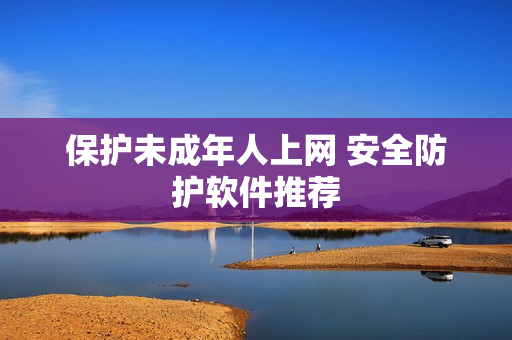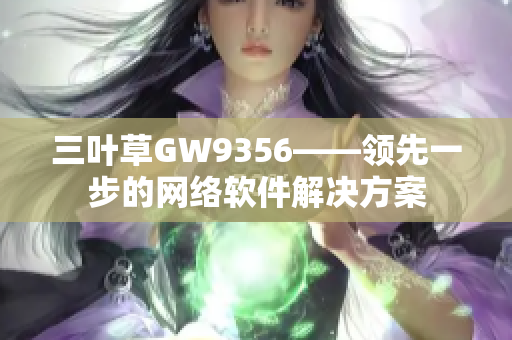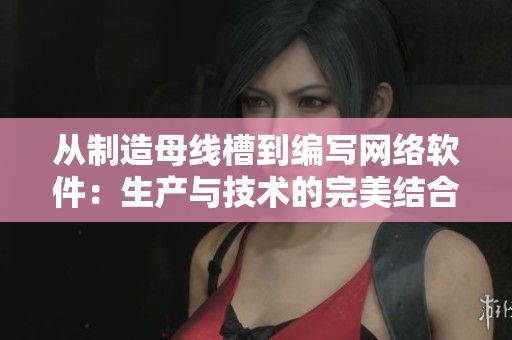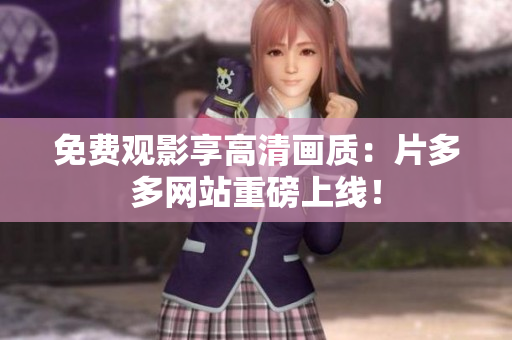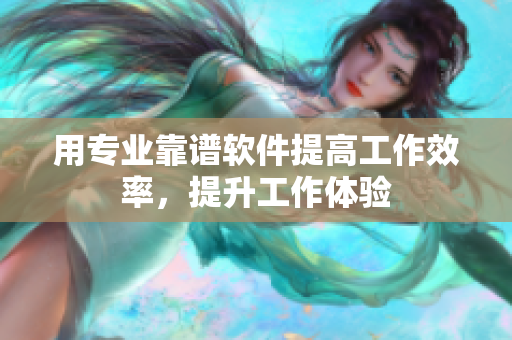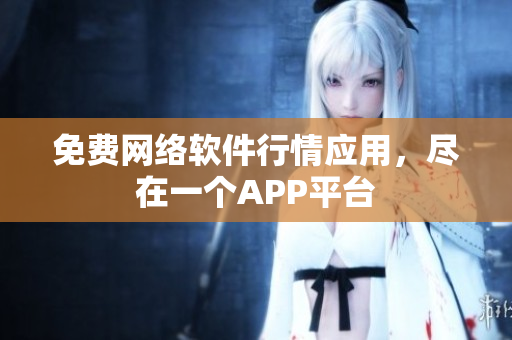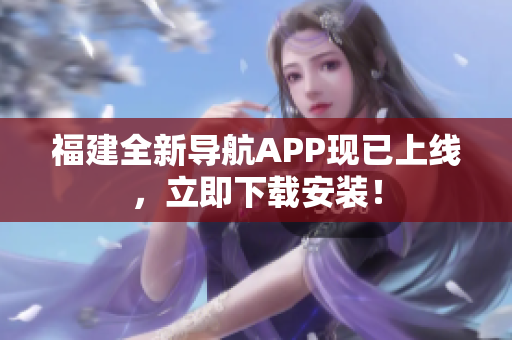Introduction
Western art and culture have been revered for centuries, creating some of the world's most iconic and impressive works of art. From Michelangelo's David to Beethoven's Ninth Symphony, these masterpieces have both inspired and challenged artists from all over the globe, and continue to be celebrated today.
However, as we move into the digital age, new equally impressive technology is also emerging, such as the 5G network. As students, we are tasked with balancing traditional studies with the demands of modern technology and its role in shaping our daily lives. This essay will explore the intersection of these two worlds and how they impact our education and society as a whole.
Western Art and Culture
Western art and culture have been renowned throughout history, with artists and performers pushing the boundaries of creativity and imagination. From ancient Greek sculptures to modern-day Broadway productions, their impact spans generations, roots in tradition, yet continue to evolve with societal changes. Chinese students are fortunate to have the opportunity to learn about Western art and culture. We can appreciate the lasting effects that these works have had on the world, from inspiring new artists to teaching us about history and different cultures. For instance, an art student can learn about the Renaissance period and its significant impact on the art world, while an English student can learn about Shakespeare and his plays that are still performed today. Even a biology student can learn about the mythological creatures that are present in ancient civilizations, such as the Medusa or the hydra.
The Emergence of 5G Technology
At the same time, new technology is shaping our world, and the 5G network is at the forefront. 5G technology offers faster and more efficient internet connection, paving the way for advancements in artificial intelligence, the Internet of Things, and other technologies. As individuals, we are privileged to have access to these innovative connections as part of our daily lives. 5G technology not only revolutionizes the way we communicate, but it also grows new technologies and businesses, shaping the future of our world.
Educational Implications
This shift in technology also has implications for education. Teachers and students are using technology in new ways, building better communication, enhancing collaboration, and opening up new possibilities for collaboration. For instance, with the 5G network, students in different parts of the world can work collaboratively on the same project. Teachers can incorporate online tools to build specialized lesson plans, catered to their student's abilities and interests. Students can connect with research resources beyond their school environment, opening up the possibility for learning outside of the classroom.
Challenges Ahead
However, incorporating technology into studies also comes with challenges. Over-reliance on technology can lead to disconnection and diminish soft skills like interpersonal communication, team-building, and critical thinking. Using at-grid spoon-feeding online media without thinking critically about the information's credibility may lead to misinformation, biased views, or even pseudo-science. In a culture where instant gratification is the norm, the challenge of balancing technology with traditional learning will continue to be a test for students and teachers alike.
Conclusion
As we navigate the intersection of Western art and culture with emerging technology, we are presented with significant opportunities and challenges as students. Incorporating technology into learning will continue to have profound implications for both education and society. While we embrace the possibilities that technology can bring, it is essential to maintain a balance between technology and traditional learning to develop well-rounded individuals capable of taking on the challenges that lay ahead.


